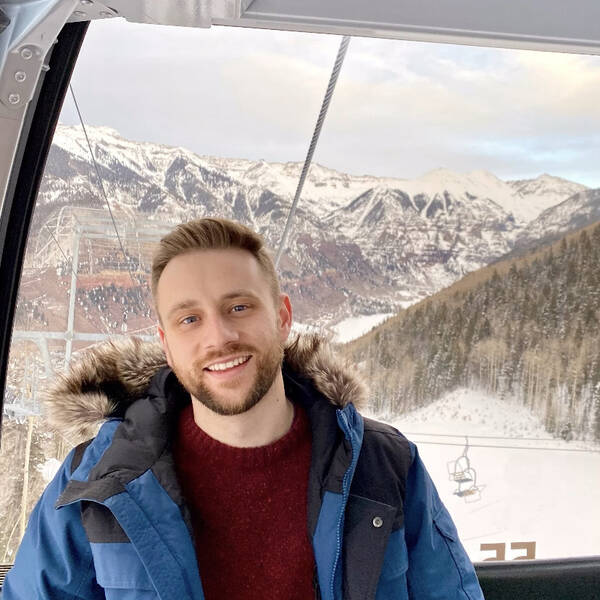Decades ago, Joe Biden found solace in Yellowstone as a young senator. Can he use our parks to bring Americans together now?
It was 1974, and Joe Biden was the youngest Senator in Washington. At 31, the man who would one day become president was a rising star in the Democratic Party who toppled a well-known Republican incumbent in Delaware. But for all of Biden’s accomplishments at such a young age, he had also been visited by unspeakable tragedy.
Just two years earlier, Biden’s wife Neilia and their young daughter Naomi were killed when a tractor-trailer slammed into their family station wagon. Biden had just been elected to the Senate. He would be sworn in at a Wilmington hospital, where his sons, who had also been in the car, were being treated for serious injuries. The family — minus Biden, who was in Washington that day — had been on their way to pick up a Christmas tree.
Even as he struggled to cope with the loss of his wife and daughter, Biden was ushered into a position of immense power, responsibility … and scrutiny. Just a few weeks after his wife’s death, a columnist called his office looking to write a piece on Biden as “Washington’s most eligible bachelor.” Reporters and Beltway insiders followed his early Senate career closely, looking to cover Biden not just as a scrappy Scranton upstart but as a sort of haunted, tragic figure. Meanwhile, Biden still had a family to care for, and he took the train home to Delaware every day to be with his grieving sons.
In 1974, he took his sons Beau and Hunter to Yellowstone National Park in hopes of helping them heal. Away from the prying eyes of the press, among the buffalo and against the rush of the waterfalls, they spent quality time together as a family. As the Bozeman Daily Chronicle reported in 2010, Biden rented a camper in Salt Lake City and spent a week in America’s first national park with his sons. His inspiration for the trip? His sons loved the Yogi Bear cartoons.
“This gave nourishment to the body and soul,” Biden said of the trip. “I can’t even explain it. But it was real.”
The president is right. It is real. Every year, people from all walks of life wander in our national parks, searching for solace and meaning even in the most difficult of times. Countless military veterans have reported that the wonders of exploring our parks have helped them heal from the wounds of war and reacclimate to regular society. Children, younger even than Beau and Hunter were in 1974, have formed some of their first lasting memories gazing out at soaring vistas and thundering rapids.
We live in times of division — of strife, even of anti-democratic insurrectionist violence. The daily stress and trauma of the COVID-19 pandemic have left many of us with deep scars. On their own, our national parks are not enough to heal some of these wounds. But at a time when we couldn’t be more divided, our parks are some of the only things we all still own and belong to, together as Americans. It’s a place to start.
Stay On Top of News
Our email newsletter shares the latest on parks.
That’s why it’s so important that our new president and Congress take steps to protect and enhance our public lands for all of us. Our parks face a massive maintenance backlog, and although Congress approved a historic law last year, the Great American Outdoors Act, to begin to address the shortfall, there is still much work to do to properly distribute these funds and fix our parks. Climate change is the greatest threat facing our national parks, and we welcome President Biden’s efforts to address the crisis on day one in the Oval Office.
President Biden found real hope and meaning in his trip to Yellowstone. Everyone deserves the chance to find that for themselves. In this moment, when Biden and many of our leaders in Congress are calling for unity, we hope parks can continue to be places of relief, introspection and community. We can work together to defend them. This is our chance.
About the author
-
 Kyle Groetzinger Associate Director, Communications, Mid-Atlantic, Southeast, Sun Coast, Texas
Kyle Groetzinger Associate Director, Communications, Mid-Atlantic, Southeast, Sun Coast, TexasKyle Groetzinger joined NPCA in June 2019 and serves as Associate Director of Communications. He leads communications strategy and media outreach efforts for the Mid-Atlantic, Southeast, Sun Coast, and Texas regions, along with the organization’s cultural resources and future parks teams.
-
General
-
- NPCA Region:
- Northern Rockies